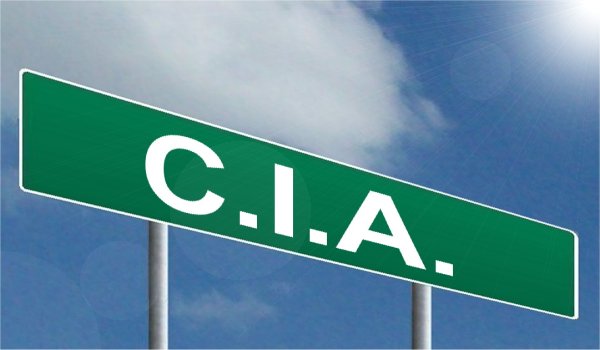For anyone to get a security clearance, whether an ordinary civilian working on a government project or government employee, it means they have been authenticated and regarded as competent to access confidential files related to the United States National security. However, having security clearance does not imply that you have automatic access to confidential files. This is where the three types of security codes come in. Despite the fact that the requirements for granting security clearances resemble each other, not all security clearances are represented equally. The US government has three clearance levels for its classified information systems; Confidential, Secret and Top secret.
Confidential
Every clearance level is granted based on the position’s sensitivity and the need to know. Confidential information is data that has the potential to jeopardize the nation’s national security if imparted to the wrong people. While confidential information is not as critical or serious as secret and top secret data, caution is still taken because it could damage national security.
The compromise of data suggesting the strong points of ground, air and Naval forces in the US and internationally zones, the divulgence of technical data used for coaching, upkeep and safety checks or classified armaments of war, or the unveiling of conduct parameters and test data are all examples of confidential information. The confidential security level differs from the secret level such that the secret gives the whole description of a process or key equipment while confidential only unveils incoherent information.

Secret
The secret security level is applied to information that might reasonably cause serious damage to national security when disclosed to unauthorized persons. Serious damage is that which might cause inconvenience, distress, or anxiety to the nation. Disruption of international ties that has a major impact on national security, or irreparable damage to a project or program directly relevant to national security, are both examples of classified information. In addition, revealing military information to the public can also cause serious damage to national security, therefore classified under secret information.
Acquiring secret security clearance requires a certain level of trust because the information, though not as vital as top-secret clearance data, can jeopardize national security. The contrast between secret and top-secret information is the vitality of the data. Federal agencies and government offices grant secret security clearance to a few personnel, particularly those with managerial titles. This way, it is easy to control how and who spreads it.
Top Secret
The top secret classification level is used to conceal materials that could jeopardize national security and cause grave damage if divulged to the wrong people. Violent warfare against the United States or its allies, disturbance of critical international relations impacting national security, or disclosure of critical defense plans are examples of such information. Additionally, the revelation of certain scientific or technical developments could jeopardize the state’s security, therefore, could be deemed top secret. Federal agencies use top-secret classification levels as the information in their systems is usually vital. Special Sensitive work requires access to Sensitive Compartmented Information and therefore a Top Secret/Sensitive Compartmented Information (TS/SCI) clearance can be issued.
In most cases, TS/SCI levels are usually granted to senior officials in the government or federal agencies, and these are the most trusted personnel.










